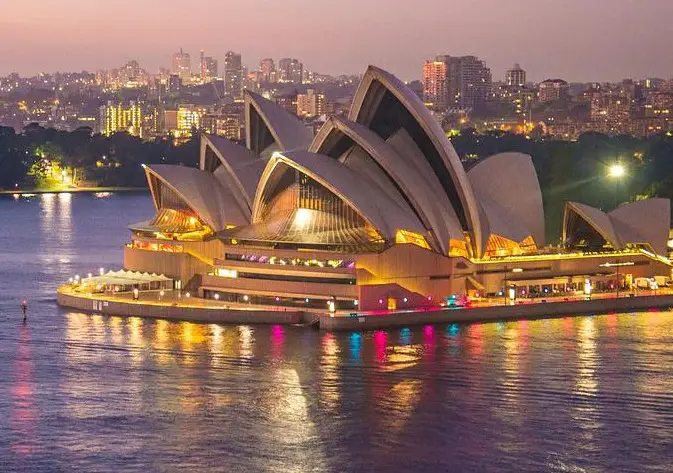This week it appears likely Australia’s Central Bank, the Reserve Bank of Australia, will raise interest rates, if economist surveyed by Bloomberg are any measure. 25 of 26 economists surveyed by the financial news source expect the Reserve Bank of Australia will raise the cash target rate by 50 basis points to 1.35%. The last time it was that high was in May of 2019. The Market Economics prediction is for an even larger 75 basis point increase.
The Reserve Bank of Australia has struck a more cautious posture than other Central Banks as inflation has skyrocketed. It had kept rates near record lows until raising them a total of 75 basis points over two months in May and June. A new 50 basis point hike would be the first time that there were two 50 basis point hikes at two consecutive meetings.
Australia is not the United States however, and cannot follow the exact same monetary policy to combat the rising inflation the world is seeing. In the United States personal savings were at record highs coming out of the Covid lockdowns. As a result, raising interest rates will have less effect on the average consumer. In contrast, Australia is one of the most heavily indebted nations in the world. The household debt to income ratio is at a record high 187%.
For the record, that is the ratio of the total household debt to total household income. 0% would mean you have no debt, and 100% would mean all of your gross income goes to your debt payments each month. When Investopedia asks, “What Is a Good Debt-to-Income Ratio?” the answer is, “As a general guideline, 43% is the highest DTI ratio a borrower can have and still get qualified for a mortgage. Ideally, lenders prefer a debt-to-income ratio lower than 36%, with no more than 28% of that debt going towards servicing a mortgage or rent payment.”
The problem the RBA has is that since the average Australian already appears to be sinking under the debt payments they already have to make, any increase of rates will have a much more aggressive effect on the average consumer, and their ability to spend. And that can tip the economy into recession much faster.
While Central banks in the US, UK, Canada and New Zealand have all taken more aggressive measures to curb inflation and investors have signaled alarm at the prospect they might trigger a recession, in Australia the risks are even more pronounced.
Diana Mousina, senior economist at AMP Capital Markets said the RBA “has to tread carefully not to crush the consumer if it wants to avoid a serious growth downturn.”
While many are hawkish in the money markets, predicting 3.2% rates by December and rates rising to somewhere around 3.7% next year, Mousina sees rates peaking at only 2.6%.
So far Australia’s economy has held up well, however, weekly spending card data from banks shows a slowdown in June after months of robust growth. Consumer surveys also show consumers are beginning to tighten their purse strings. Most economists have downgraded growth forecasts, however so far only Nomura Holdings is predicting a recession.
Governor Philip Lowe has indicated a 50 basis point hike is likely at their next meeting, and has tamped down speculation that a 75 basis point hike might be forthcoming.
Chris Read, Australian economist for Morgan Stanley has said his expectation is for a 50 basis point hike now, and then 25 basis point hikes through November, raising the benchmark rate to 2.6%. He added, “Broader slowing of jobs and inflation won’t be felt until late this year, keeping 2H22 rate hikes on track, even as risks grow for 2023.”

